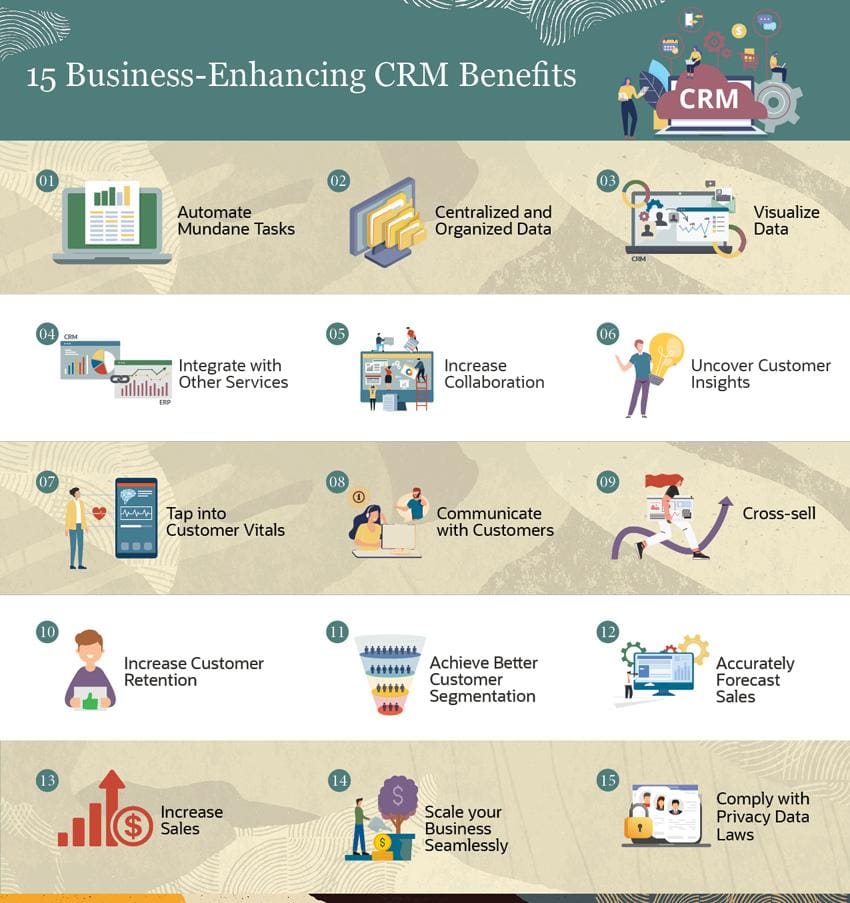Discover the secrets to streamlining your business operations with seamless CRM integration – a game-changer for efficiency and productivity!
Table of Contents
In today’s competitive business landscape, Customer Relationship Management (CRM) software has become essential for organizations looking to manage their customer interactions and improve their overall efficiency. However, to truly maximize the benefits of CRM, integrating it with your existing software systems is crucial. This blog post will guide you through the process of seamlessly integrating CRM with your software systems to enhance productivity and streamline processes.
Assessing Your Current Software
Before you can begin the integration process, it’s important to assess your current software systems to understand their functionalities and data requirements. Take stock of the software applications and tools your organization uses and identify the key areas where CRM integration can bring added value.
Consider the different departments and teams within your organization that will be impacted by the integration. Consult with relevant stakeholders to gather insights into the specific needs and objectives of each department to ensure a smooth integration process.
Choosing the Right CRM Solution
With a clear understanding of your organization’s software landscape, it’s time to research and select the right CRM solution that aligns with your integration goals. Evaluate different CRM software options based on factors such as scalability, customization capabilities, and integration compatibility with your existing systems.
Engage with key stakeholders and team members to gather their input on preferred features and functionalities that will enhance their daily workflows. Consider conducting demos and trials of shortlisted CRM solutions to get a hands-on experience of their capabilities.
Planning for Integration
Once you have selected the CRM solution that best fits your organization’s needs, it’s time to develop a comprehensive integration strategy. Define a clear timeline for the integration process, outlining key milestones and deadlines to keep the project on track.
Assign roles and responsibilities to team members involved in the integration process and ensure clear communication channels are in place to facilitate collaboration. Identify the data that needs to be transferred between systems and map out the migration process to minimize disruptions.
Implementing the Integration
With a solid integration plan in place, it’s time to execute the integration process. Conduct thorough testing of the integrated systems to identify any potential issues or errors before fully transitioning to the new setup.
Provide comprehensive training to employees on how to use the integrated CRM system effectively. Offer support and guidance during the transition period to ensure a seamless adoption of the new software setup.
Maximizing the Benefits of CRM Integration
Now that your CRM software is seamlessly integrated with your existing systems, it’s time to leverage its capabilities to maximize efficiency and drive growth. Use CRM data to personalize customer interactions and tailor your marketing efforts to better meet customer needs.
 Image courtesy of www.netsuite.com via Google Images
Image courtesy of www.netsuite.com via Google Images
Streamline workflows and automate processes where possible to reduce manual tasks and improve operational efficiency. Monitor key performance metrics to track the impact of CRM integration on your organization’s overall productivity and success.
Conclusion
Integrating CRM with your existing software systems is a key step towards maximizing the benefits of CRM and enhancing your organization’s efficiency. By carefully assessing your current software, selecting the right CRM solution, planning for integration, and implementing the process effectively, you can streamline your operations and improve customer relationships.
Take the necessary steps to start planning for CRM integration if you haven’t already done so. By following the outlined steps in this blog post, you can seamlessly integrate CRM with your software systems and unlock the full potential of your customer data and workflows.




